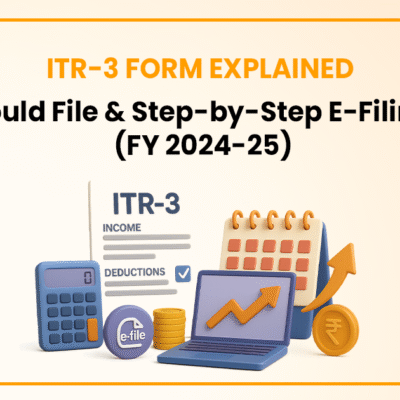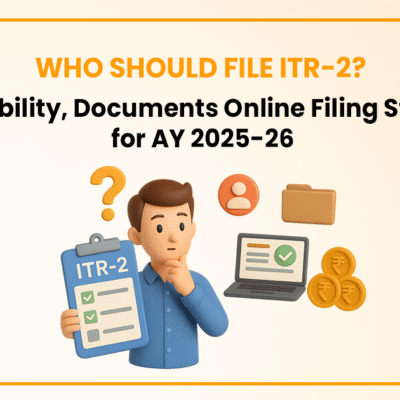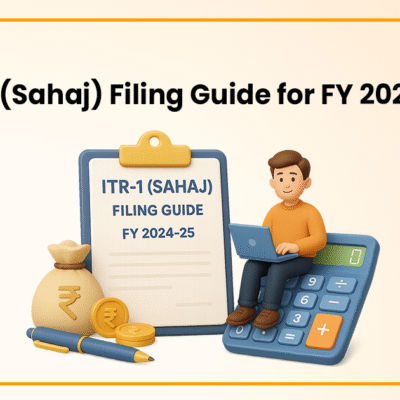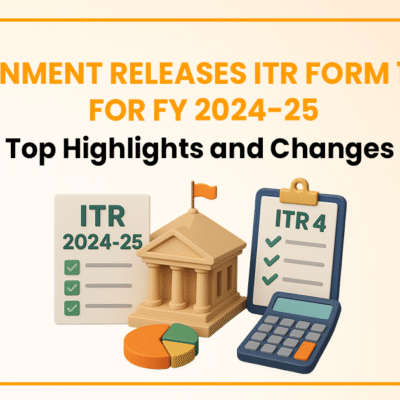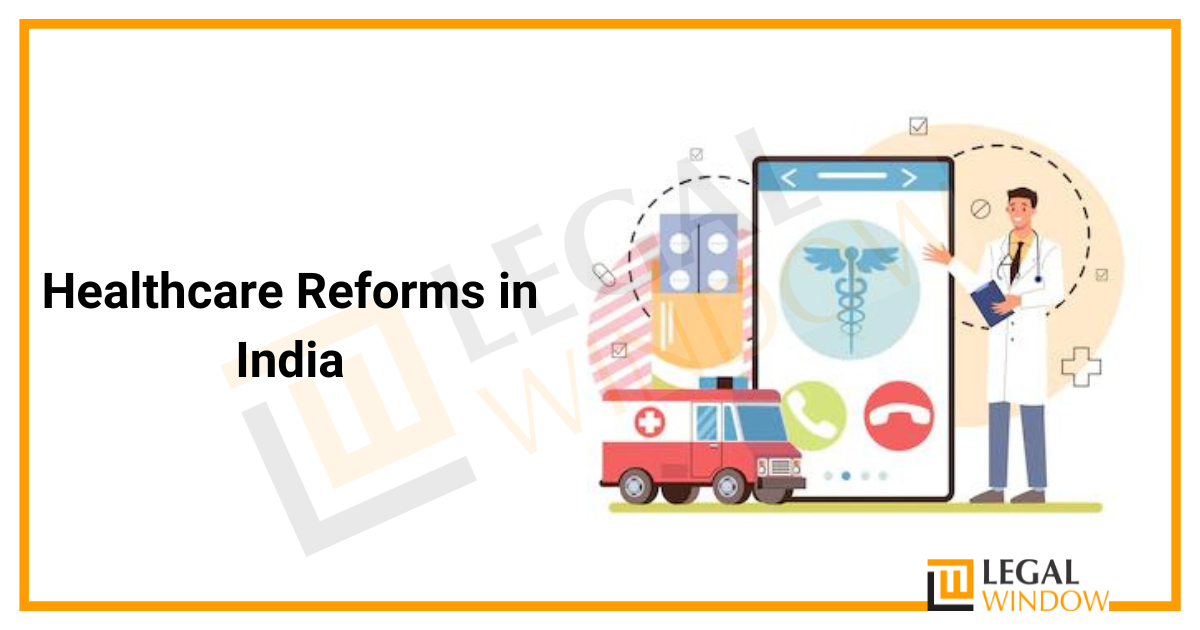 The Healthcare sector of India reached a market value of about USD 372 billion in the year 2022. The factors that were included in this hike were mainly revolving around the areas such as better health awareness, rising income, increasing access to insurance, and lifestyle diseases. It’s just last year that the healthcare sector of India was declared as one of the largest employers providing employment to approximately a large-scale group of 4.7 million people.
The Healthcare sector of India reached a market value of about USD 372 billion in the year 2022. The factors that were included in this hike were mainly revolving around the areas such as better health awareness, rising income, increasing access to insurance, and lifestyle diseases. It’s just last year that the healthcare sector of India was declared as one of the largest employers providing employment to approximately a large-scale group of 4.7 million people.
The challenges include but are not restricted to ensuring the availability of medical resources and serving quality health to people in general. In such a scenario it becomes an important and prior duty of the authority in charge to address the issues and bring reforms. This Article presents a brief review of the policies and programs that are executed to stabilize the Healthcare sector and prepare a framework for the upcoming unforeseen challenges in the diverse health system of India.
Abstract
India is the second largest country in the world in terms of population, the largest democracy, and also one of the fastest-growing economies. In such a situation it becomes necessary to prioritize focusing on this sector because it affects the basic living of the individuals.
Since India became a Republic, there has been continuous progress within all possible sectors that affect human and economic development. Presently, India is one of the fastest-growing economies and the largest democracy in the world.
Challenges: However, such growth bought challenges and evidently demanded;
- Improvement in providing health care,
- Regulation of the healthcare sector,
- Addressing problems of the public,
- Hospital Reforms,
- Health Financing
Priority in Reforms: Primary health care has always been a priority in the planning process of reforms. To achieve these targets, several millennium development goal programs were implemented. One such Millennium Development Goals (MDGs) program was the Health for all by 2000, which unfortunately failed to serve prospected welfare to society.
However, recent years went very productive in the area of healthcare reforms in India. A framework such as Universal Health Coverage (UHC) was bought into effect to provide quality health to all.
Central Government Schemes
The Government of India provides supplemental help to the respective State Governments to deliver health services through various schemes and programs. The object is basically to focus on primary and secondary care.
Expenditure: The Government of India by the year 2025 is planning to increase the investment in the healthcare industry to about 2.5% of the total GDP.
The MoFHW (Ministry of Health and Family Welfare) in the Central Budget of 2022-23 was allocated Rs 86,201/- crores of budgets.
In this budget, the Government of India had also approved the expansion of the National Health Mission (NHM) by allocating this authority with a budget of around Rs 37,000/- crores.
National Nutrition Mission (Poshan Abhiyaan): The NNM (National Nutrition Mission) to curb these problems in the healthcare sector had set an objective to reduce the problems of low nutrition by at least 2%.
Ayushman Bharat: The largest Government funded program in the healthcare industry is ‘The Ayushman Bharat’. This initiative is also known as PMJAY (Pradhan Mantri Jan Arogya Yojana). In the Central Budget for the year 2022-23, Pradhan Mantri Jan Arogya Yojana was allocated a budget of more than Rs 6,412 crore.
Under the scheme, Ayushman Bharat- PMJAY, more than 4 crore people have received free treatment till the year 2022.
In the Union Budget 2022-23, the Government of India allocated Rs 86,200/- crores for Pradhan Mantri Swasthya Suraksha Yojana (PMSSY).
12th National Plan (2012-2017)
The Government of India's 12th Five-Year Plan (2012–17) was the country's most recent. The Deputy Chairman of the Planning Commission, Mr. Montek Singh Ahluwalia, has stated that it is impossible to achieve an average growth rate of 8% over the next five years due to the deteriorating global scenario.
Objective: In March 1950, the Planning Commission of India was set up. The objective which this commission was set up by the Government of India was;
- To encourage the increase in the standard of living of the citizens,
- Effective use of the resources of the country,
- Increase in opportunities and production,
- Increase in employment for all of the citizens, etc.
Role Of Commission: To focus on and handle the priority areas of economic and human development, this Planning Commission plays an integrative role. This is done by policy formulation actively by considering all the important factors.
Approach: The 12th Five-Year Plan that this commission carries has progressive objectives to bring stability to the health sector of the country. This commission is also planning to spend 2.5% of the GDP on the healthcare sector. The initial allocation of GDP was 1.2%.
A more comprehensive vision of the healthcare sector was called by the paper of the 12th mission plan. This not only included service delivery for a wider range of terms and conditions but also covers both curative and preventive services.
Universal Health Coverage
The 12th Plan will prioritize combining all the existing Health care programs carried nationally. Universal Health Care (UHC) was also proposed considering the objectives and plans of the 12th national plan.
Universal Health Care: To provide affordable and easily accessible healthcare to citizens of India, HLEG (High-Level Expert Group) was constituted in 2010. This group was constituted by the Planning Commission to provide a framework for the objectives of bringing stability into the healthcare system of India.
HLEG Report, 2011: In this High-Level Expert Group November 2011 compiled a report with a framework for human resource development and an elaborated financial plan.
Recommendations of HLEG: Recommendations of the High-Level Expert Group include;
- Developing a national health package that offers basic services as part of the rights of citizens,
- Free healthcare services under Universal Health Care,
- Making free essential medicines available,
- Using basic taxation as a source of health financing,
- Strengthening networks of district hospitals as training networks and delivery of care,
- Making a contract of guidelines with necessarily complying with care provisions to the private sector
Accreditation Clause: Additionally, there is a clause for quality service delivery in which government is the purchaser and the private sector is the provider. This is well-defined under accreditation, strong regulation, and a supervisory framework.
National Health Mission, 2013 (NHM)
The National Health Mission combines two missions;
- The National Rural Health Mission, and
- The National Urban Health Mission
This integrated mission was started by the Union government in the year 2013. It was further extended in the year March 2018 till March 2020.
This mission is observed by the National Level Monitors appointed by the Government of India and is also led by a Mission Director. The National Urban Health Mission (NUHM) and The National Rural Health Mission (NRHM) were recently started.
Components: The main components of this mission are Reproductive-Maternal-Neonatal-Child, Health System Strengthening in urban and rural areas, and Non-Communicable and Communicable Diseases and Health care of adolescents.
National Accreditation Board for Hospitals and Healthcare (NABH)
A constituent body of the Quality Council of India (QCI), the National Accreditation Board for Hospitals & Healthcare Providers (NABH) was established to create and manage an accreditation program for healthcare institutions.
The objective of NABH: National Accreditation Board for Hospitals and Healthcare is constituted under the QCI (Quality Council of India). This is set up with the purpose to operate and establish an accreditation program. These accreditation programs are provided for healthcare organizations.
This board operates independently despite being supported by all stakeholders. These stakeholders include consumers, industry, and government. The accreditation of NABH reflects the commitment of an organization with respect to quality care.
Benefits: It raises community and consumer confidence in the services offered. It also provides opportunities to healthcare units. Accreditation provides access to certified and reliable information on infrastructure, facilities, and level of care. Therefore, this accreditation helps in providing insurance to other third parties.
Indian Public Health Standards, 2012
The IPHS for Primary Health Centers (PHCs), Sub-centers, Sub-District and District Hospitals, and Community Health Centers (CHCs) were first published in the year February 2007.
This has been used as the point of reference for public healthcare infrastructure upgradation and planning in the Union Territories and states.
- IPHS 2007: The Indian Public Health Standards 2007 had been revised. The recently released version was known as IPHS 2012. Indian Public Health Standards 2012 is built upon the previous experience of the National Rural Health Mission and it also offers regional flexibility.
- Concerns: Major concerns because of which Indian Public Health Standards 2012 was implemented were guaranteed clinical governance within the community and lack of availability of human resources that are capable of providing clinical care.
(FACT: In India, more than 40,000 doctors in a year graduate but only 27,000 doctors for the given time are available in rural areas).
- Priority Areas: Areas of attention for the Indian Public Health Standards include;
-
- Effective operation of services,
- Providing emergency services with good quality,
- Introduction of provisions to enhance obstetrical care,
- Care initiatives for children,
- Managing severe and chronic diseases,
- Early diagnosis of diseases like cancer,
- Improvising adolescent health services,
- Comprehensive care of Infirm and elderly etc.
Clinical Establishment Act, 2012
The Clinical Establishments Act, of 2010 was notified with the object to mandate a standard set of clinical practices and infrastructure. Before the implementation of this Act, medical doctors could practice in their clinics on the basis of their registration with the medical council.
This Act is beneficial for the citizens because by the virtue of this Act incentive and compensational provisions were introduced for the services provided by the medical fraternity. It was a vision of this act to incorporate the concept of quality care into the curriculum of medical education.
Six new All India Institute of Medical Sciences (AIIMS) institutions
The Ministry of Health & Family Welfare, Government of India established six new All India Institute of Medical Sciences (AIIMS) institutions. These six new institutes are established under the Pradhan Mantri Swasthya Suraksha Yojna.
The purpose of this initiative was to remove regional imbalances in making quality healthcare available within the country. Another prior objective of this establishment is to attain self-sufficiency in medical education.
Medical Colleges in Each District
A report stated that the government was all set to provide funds to State Governments for starting medical colleges in every district. There is a total of 626 districts in the country. Recent faculty requirements and rationalization infrastructure for the medical colleges of the country suggested that the number of seats in MBBS and post-graduation is likely to double.
Internationally observed experience has stated that students from rural backgrounds are comparatively more likely to practice in the rural area itself because they generally vision removing imbalances within their own area. Therefore, preference should be given to the local students for admission to medical colleges in the district. And at least 25% of students must be given admission from the local population of the particular district.
Uniform Code of Pharmaceutical Marketing Practices (UCPMP), 2015
The Department of Pharmaceuticals in the year 2011 introduced a draft Uniform Code of Pharmaceutical Marketing Practices in. Under the regulations that already exist, companies cannot sponsor entertainment, travel, and hospitality for practicing medical professionals and their families respectively.
- Objective Of UCPMP
Medicines are irrationally used within the country and this happens because of unregulated marketing practices. While there exist several codes for regulations on medical practitioners, they are not binding. Hence, it was observed that there is a dire need for the reinforcement of the medical code of conduct and ethics. This can be done by adding it to the medical curriculum.
Rational usage of drugs and promotion of medicines of generic nature can be strengthened if there is adequate penal provision for any violations by companies of the Uniform Code of Pharmaceutical Marketing Practices.
 Final words
Final words
India needs a holistic and socio-economic approach to manage the problems within the healthcare industry. It can be done by including the collaboration of all private and public sector stakeholders and also individuals.
The healthcare industry is continuously witnessing growth and this wide scale of growth also introduced several challenges. Not only individuals but also this industry itself sometimes face problems by this wide area of development. Apart from it, managing the dual disease burden should also be a priority. The nation can be fit and healthy only if healthcare is made easily and universally accessible.
LegalWindow.in is a professional technology driven platform of multidisciplined experts like CA/CS/Lawyers spanning with an aim to provide concrete solution to individuals, start-ups and other business organisation by maximising their growth at an affordable cost. Our team offers expertise solutions in various fields that include Corporate Laws, Direct Taxations, GST Matters, IP Registrations and other Legal Affairs.
Categories
- Agreement Drafting (23)
- Annual Compliance (13)
- Change in Business (37)
- Company Law (150)
- Compliance (90)
- Digital Banking (3)
- Drug License (4)
- FEMA (17)
- Finance Company (42)
- Foreign Taxation (9)
- FSSAI License/Registration (15)
- GST (124)
- Hallmark Registration (1)
- Income Tax (214)
- Latest News (36)
- Miscellaneous (170)
- NBFC Registration (8)
- NGO (18)
- SEBI Registration (6)
- Section 8 Company (10)
- Start and manage a business (27)
- Startup/ Registration (134)
- Trademark Registration/IPR (48)
Recent Posts
- Major Upgrade: Breaking Down GST 2.0 September 15, 2025
- New Income Tax Bill 2025 August 27, 2025
- ITR-3 Form Explained: Who Should File & Step-by-Step E-Filing Guide (FY 2024-25) June 25, 2025
All Website Tags
About us
LegalWindow.in is a professional technology driven platform of multidisciplined experts like CA/CS/Lawyers spanning with an aim to provide concrete solution to individuals, start-ups and other business organisation by maximising their growth at an affordable cost.



